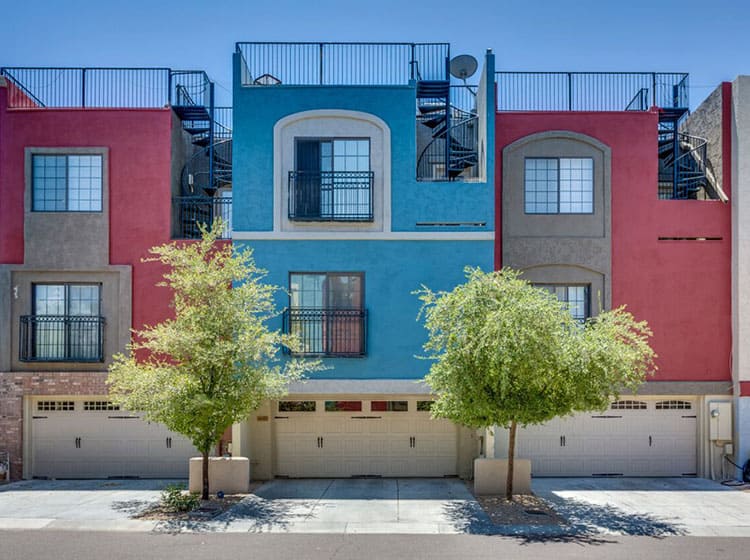Discover How Seasonal Variables Affect Industrial External Painting Success And Uncover The Best Times To Make Sure Lasting Outcomes For Your Job
Discover How Seasonal Variables Affect Industrial External Painting Success And Uncover The Best Times To Make Sure Lasting Outcomes For Your Job
Blog Article
Uploaded By-Aguilar Rosendal
When you're planning an industrial outside painting job, seasonal aspects can make or break your outcomes. You'll want to consider just how temperature level and moisture impact paint application and drying times. Selecting the best season can ensure your paint adheres correctly and lasts longer. But which seasons are really the most effective for this sort of job? Allow's check out the key elements that can influence your task's success.
The Influence of Temperature Level on Paint Application
When you're planning an industrial external painting task, the temperature level can dramatically affect exactly how well the paint sticks and dries out.
Preferably, you intend to repaint when temperature levels vary between 50 ° F and 85 ° F. If it's too cool, the paint may not heal effectively, causing problems like peeling or cracking.
On the flip side, if it's as well warm, the paint can dry out also rapidly, avoiding correct bond and resulting in an uneven coating.
simply click the next website need to also consider the time of day; morning or late afternoon supplies cooler temperature levels, which can be much more beneficial.
Constantly examine the manufacturer's suggestions for the certain paint you're using, as they commonly give advice on the perfect temperature range for ideal results.
Humidity and Its Effect on Drying Times
Temperature isn't the only ecological aspect that influences your commercial outside painting project; humidity plays a considerable role as well. High humidity degrees can reduce drying out times drastically, impacting the total top quality of your paint task.
When the air is saturated with wetness, the paint takes longer to cure, which can lead to concerns like inadequate attachment and a greater danger of mildew growth. If Read More Here on a particularly humid day, be gotten ready for extended delay times between coats.
It's crucial to monitor local weather and strategy as necessary. Preferably, aim for humidity degrees between 40% and 70% for optimal drying out.
Keeping these consider mind guarantees your job stays on track and provides a lasting coating.
Best Seasons for Commercial Outside Painting Projects
What's the very best season for your industrial external painting jobs?
Spring and early loss are typically your best options. Throughout these periods, temperatures are mild, and moisture degrees are frequently reduced, creating suitable conditions for paint application and drying.
Prevent summer season's intense heat, which can cause paint to completely dry as well quickly, resulting in bad bond and surface. Likewise, winter season's cold temperatures can prevent appropriate drying and curing, running the risk of the longevity of your paint job.
Go for days with temperatures between 50 ° F and 85 ° F for optimal outcomes. Keep in mind to examine the regional weather forecast for rain, as damp problems can wreck your task.
Planning around these aspects guarantees your paint task runs efficiently and lasts longer.
Final thought
In conclusion, planning your commercial exterior painting jobs around seasonal considerations can make a substantial distinction in the outcome. By organizing work throughout the excellent temperature levels and humidity degrees, you'll make certain far better adhesion and drying out times. Keep in https://kevsbest.com/painters-in-san-francisco/ to watch on regional weather prediction and choose the right time of year-- springtime and very early fall are your best bets. Taking these steps will assist you attain a long lasting and specialist finish that lasts.
